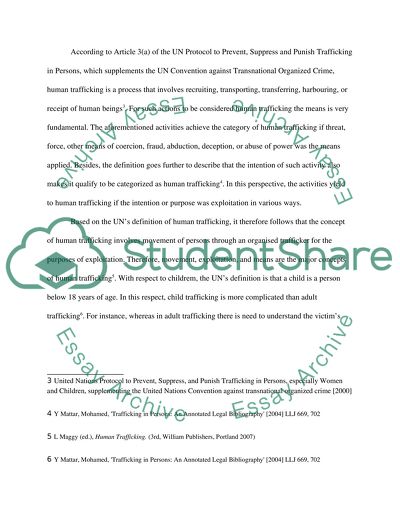Cite this document
(“Current International Legal Framework: Human Trafficking Victims Essay”, n.d.)
Current International Legal Framework: Human Trafficking Victims Essay. Retrieved from https://studentshare.org/law/1473132-current-international-legal-framework-human-trafficking-victims
Current International Legal Framework: Human Trafficking Victims Essay. Retrieved from https://studentshare.org/law/1473132-current-international-legal-framework-human-trafficking-victims
(Current International Legal Framework: Human Trafficking Victims Essay)
Current International Legal Framework: Human Trafficking Victims Essay. https://studentshare.org/law/1473132-current-international-legal-framework-human-trafficking-victims.
Current International Legal Framework: Human Trafficking Victims Essay. https://studentshare.org/law/1473132-current-international-legal-framework-human-trafficking-victims.
“Current International Legal Framework: Human Trafficking Victims Essay”, n.d. https://studentshare.org/law/1473132-current-international-legal-framework-human-trafficking-victims.


